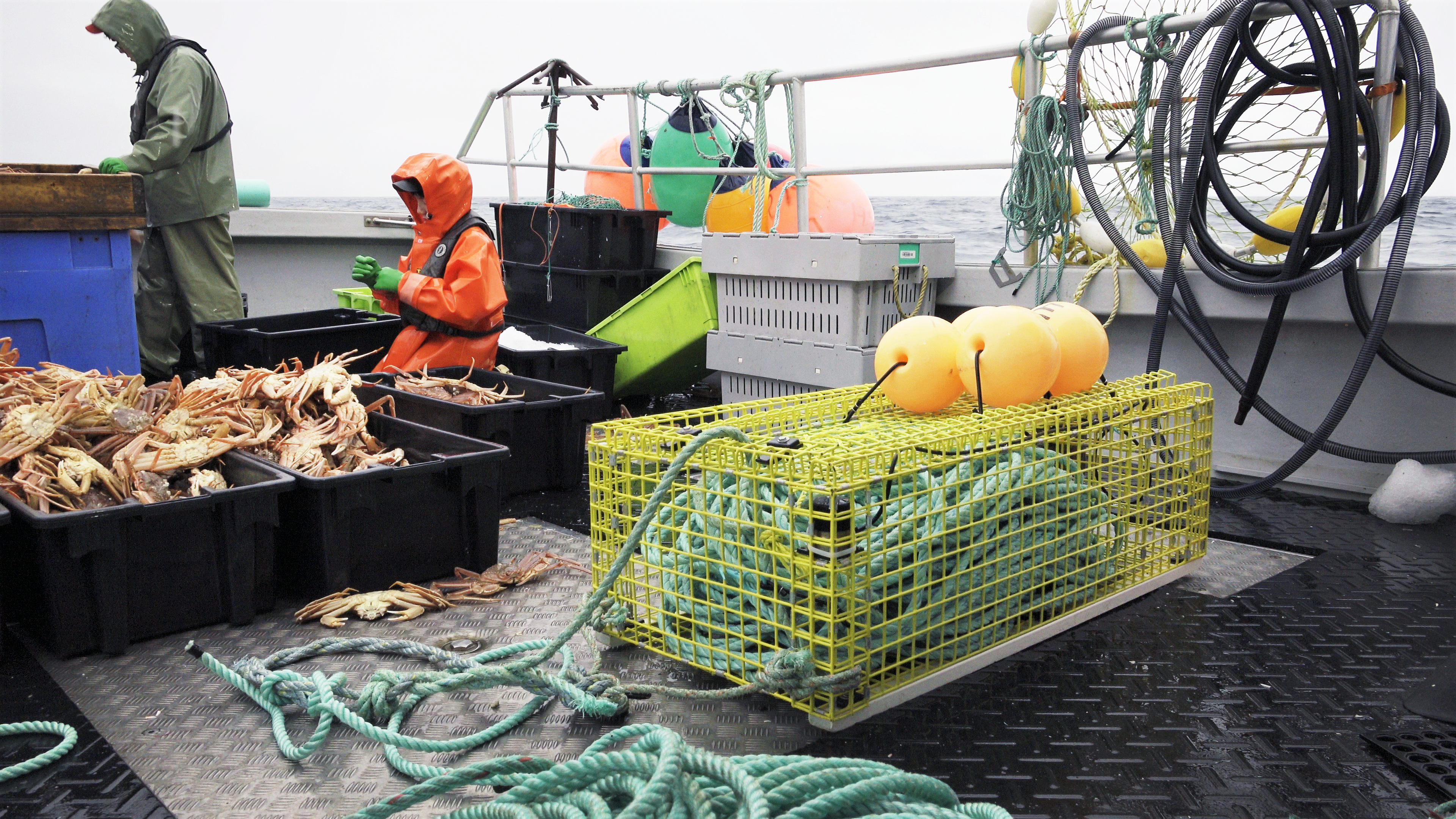How Canada Can Make On-Demand Fishing a Reality—and a Success
New rules should focus on 3 key components

Temporary and season-long closures of fishing areas are increasingly used as a tool to protect whales, especially the endangered North Atlantic right whale, from entanglement in fishing gear. To enable harvesters to fish safely in these closed areas, on-demand systems—a modern configuration of traditional gear that removes the end lines on fixed traps or trawls—offer a promising solution. While on-demand fishing has made significant progress in many technical aspects, some obstacles remain, including addressing harvesters’ new challenge in avoiding others’ gear and enabling enforcement personnel to effectively oversee the fishery’s smooth operation. Fisheries and Oceans Canada, also known by the abbreviation DFO, can accelerate the widespread adoption of on-demand gear by including three requirements as it develops new rules: acoustic methods to locate gear, a universal standard for transmitting information, and a centralized cloud-based system for sharing data.
This illustration shows (1) a centralized cloud-based system for storing, translating, and sharing data received about the location of gear from (2) equipment on the vessel, which in turn communicates with (3) receivers on seafloor gear.
On-demand systems can locate and call up gear on the seafloor using one of three methods: GPS, acoustic ranging, and directional ranging. Ideally, on-demand systems would contain all three of these methods so that the appropriate one could be used based on what best matches the fishery’s needs. Because GPS is less accurate than the other methods, DFO should require acoustic-based location marking in high-density fishing areas. Including an additional directional acoustic receiver would further improve the ability of enforcement officers to locate and inspect gear and harvesters’ ability to avoid others’ gear while safely retrieving and resetting their own systems.
In addition, DFO should require all on-demand systems to use a universal standard—a common language of open standards and protocols—for communicating gear locations. Currently, most manufacturers of on-demand systems use their own proprietary communication technology. An open standard would enable all who need to locate the gear to do so, regardless of the manufacturer.
A centralized database stored in the cloud allows on-demand gear positions to be shared with enforcement and harvesters. Enforcement officers need access to all data in real time to adequately monitor and enforce fisheries regulations, while harvesters need the same to minimize gear conflict. For this process to work, DFO should require all license holders to transmit their gear locations directly to a secure, centralized database in the cloud that can receive, store, translate, and share on-demand fishing data with verified users. For a variety of functional reasons, this cloud database should be managed by a nongovernmental, third-party operator.
The government of Canada should create data access and privacy rules in consultation with harvesters and codified in license conditions or regulations, and data administrators should be responsible for communicating rules to cloud developers and verifying and registering users in the database.
For a more detailed explanation of these policy recommendations, please see The Pew Charitable Trusts’ official comment letter.










